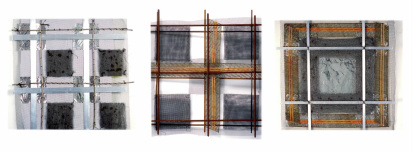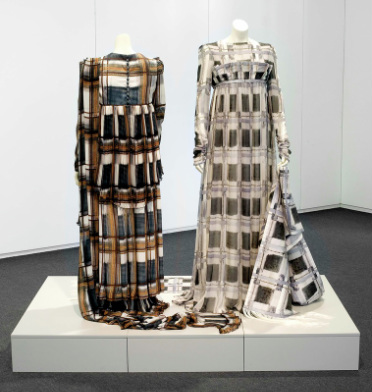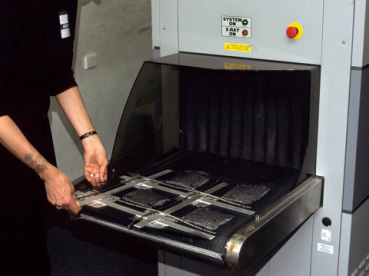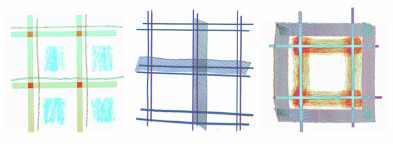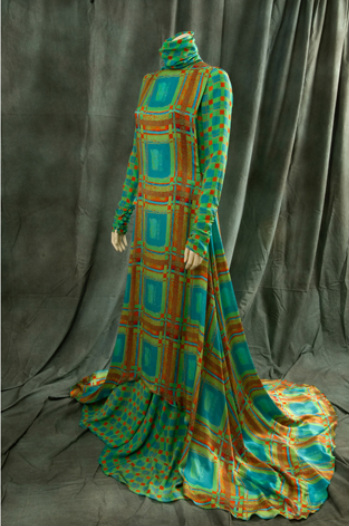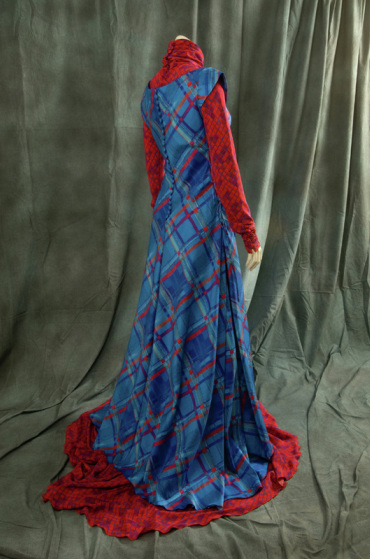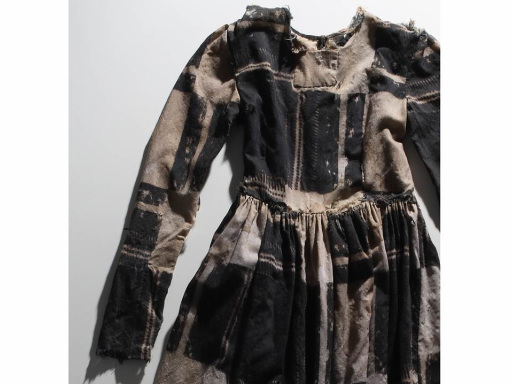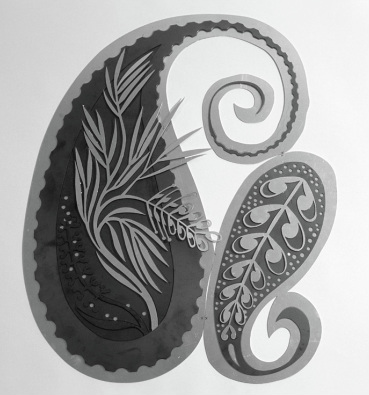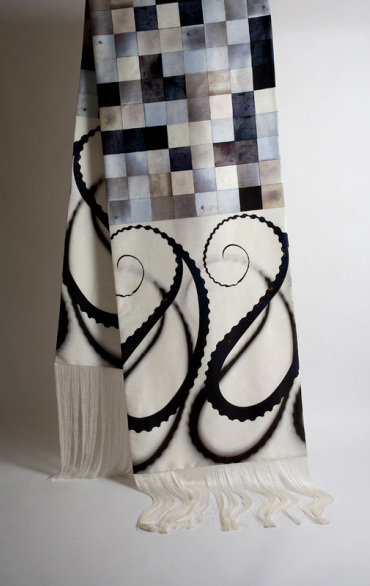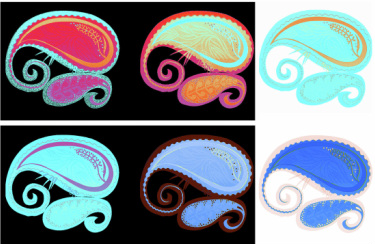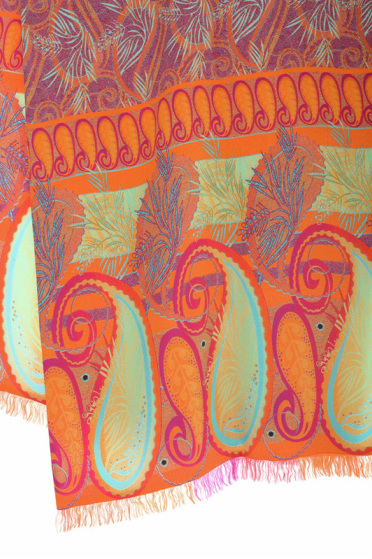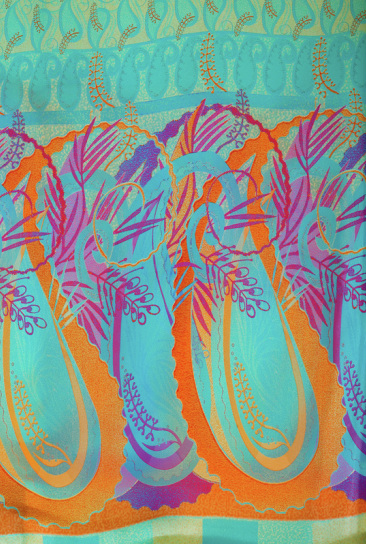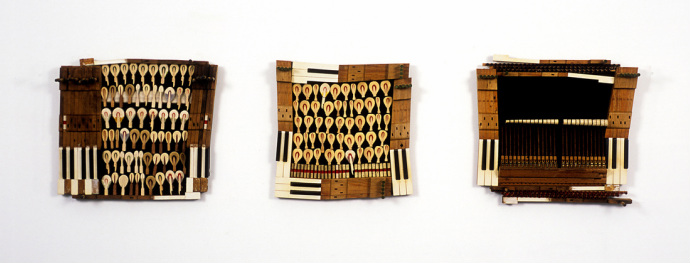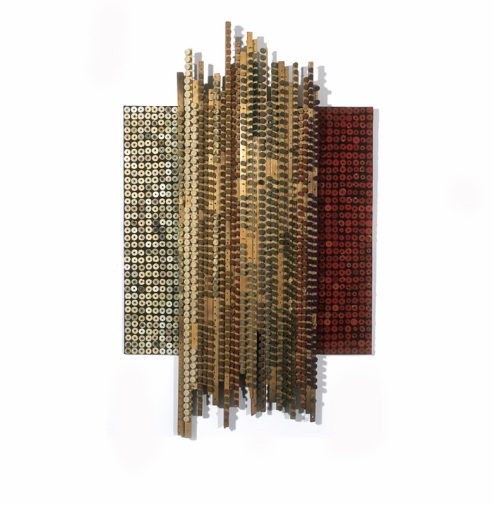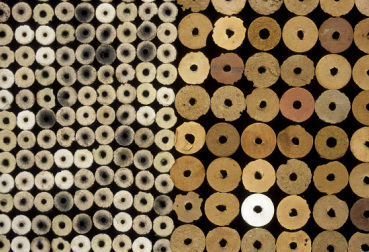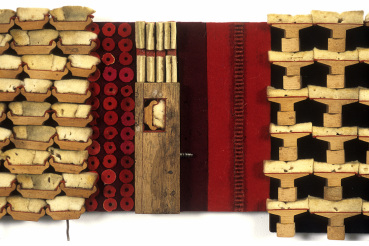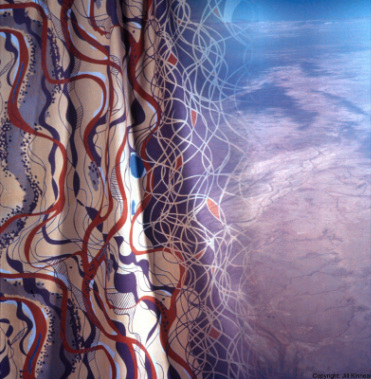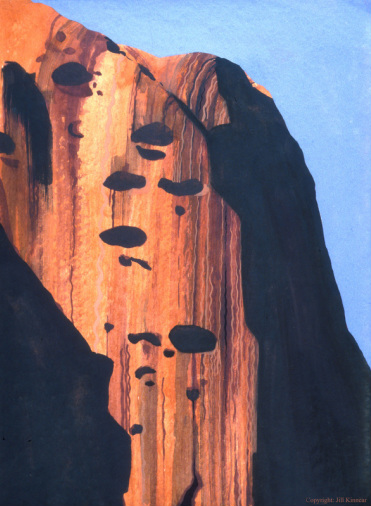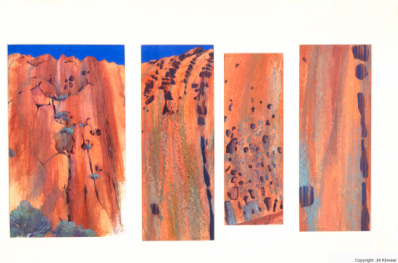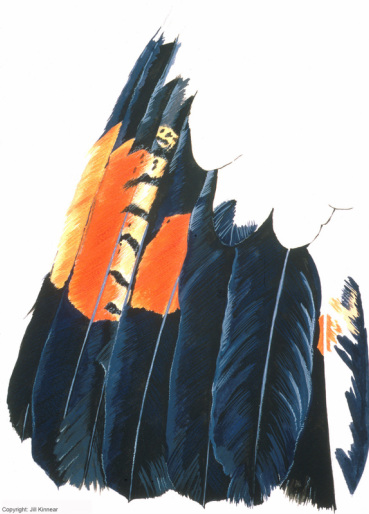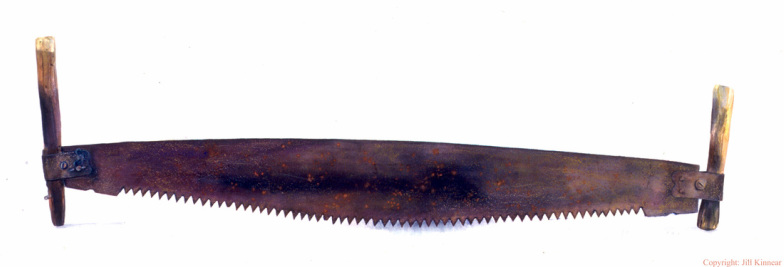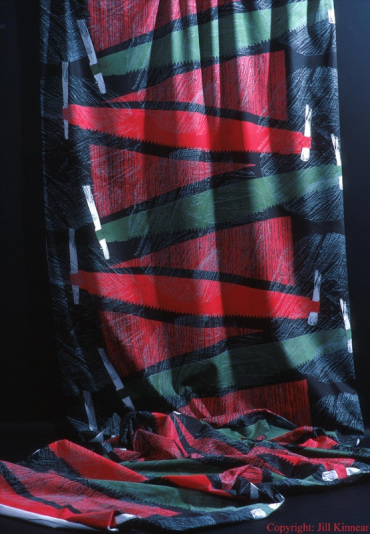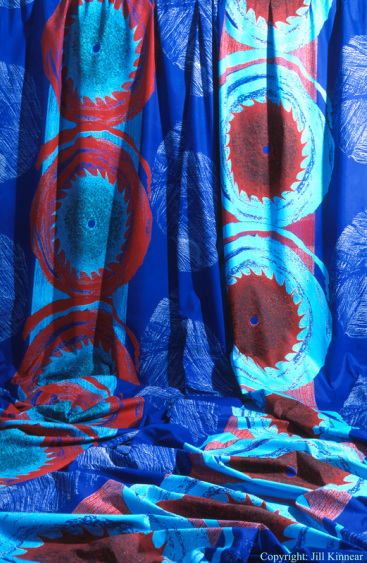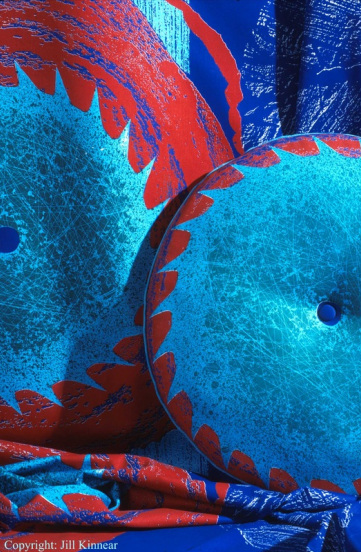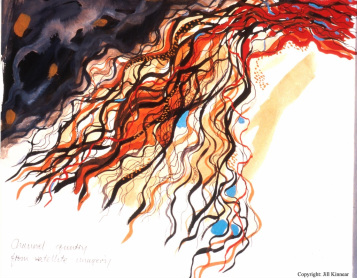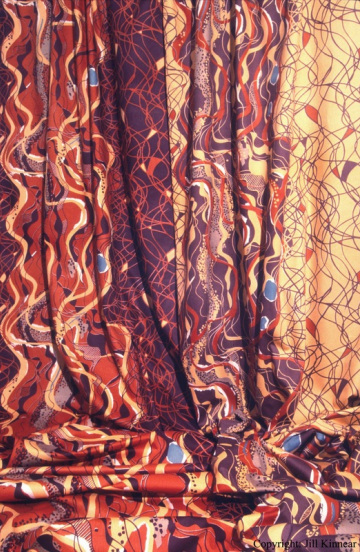Diaspora: textiles as paradox (2008)
Diaspora; textiles as paradox is about the experience of migrant dislocation. The exhibition draws on Jill Kinnear’s personal experience of migration from Scotland to Australia and how the myths and memories of migratory experience and the journey between these geographical extremes become analogies for the ‘third space’. The transitory (and transient) character of the journey becomes the homeland, the place between the points of departure and arrival, a place of hybrid cross-cultural response, compromise and innovation. As a printed textile designer Kinnear is particularly interested in the role of textiles as a cultural signifier of history, place and identity. As an emigrant Scot, she is interested in the role that traditional Scottish textiles, paisleys, and in particular, tartans, have played in the construction of a Scottish identity and mythology, and how tartan imagery has migrated along with its mythologies to every corner of the world.
The textiles in this exhibition originated from constructions of tartans and paisleys in steel, aluminium and other metal elements. These units were transported to the departure lounge at Brisbane International Airport and passed through the baggage x-ray machine. The unique colour and characteristics of these x-ray images are retained and reconfigured as a vibrant collection of tartans and paisleys in silk, cotton and wool. Reminiscent of her own Scottish textile heritage but physically transformed by the process of present day travel, the designs are traces of transition; fragile maps of a place between two points. Layers of meaning further reveal the collection as specifically responding to Scottish social history and mythology, placing it within the blurred boundaries between art, craft and design.
All photos unless otherwise noted: Don Hildred Photographics
'Diaspora: textiles as paradox' was a part PhD submission to the University of Southern Queensland, Australia. Jill Kinnear gratefully acknowledges the generous support of the following organisations: The University of Southern Queensland; the Visual Arts and Crafts Strategy, Australia Council; Visions Australia; Arts Queensland; the Regional Arts Development Fund; the Public Memory Research Centre of the University of Southern Queensland; the Jean Clarice Searle Research Award, USQ; the Toowoomba Regional Art Gallery.
Extraordinary Discretion (2004)
Jill Kinnear was one of 10 artists commissioned by the Toowoomba Regional Council to provide artwork which contributed stories of the city for a centennial celebratory exhibition in 2004. Kinnear focused on education, researching the history of St Saviour's school in Toowoomba, which was established by the Sisters of Mercy in 1873. Her extensive research revealed the impoverished circumstances in which the Sisters worked; devoid of all other sources of funding they relied on income from piano lessons. Aside from their handwriting in the first cashbook recording the purchase and transport of the piano to Toowoomba, Kinnear found no other record of the women themselves; their silence, literally imposed upon them by the Bishop, seemed absolute. Consequently Kinnear used the felts of old pianos, the elements of the instrument which silence its mechanism, to construct the artwork.
All photos: Don Hildred Photographics
The exhibition, Extraordinary Discretion is held in the permanent collection of the Toowoomba Regional Art Gallery.
The Ratio of Distance; mapping the landscape in drawings and textiles (1999 - 2001)
The Ratio of Distance describes a three-month journey Kinnear made in 1998 from Brisbane to the central Australian desert, and parallels the experience with her subsequent journey in the studio translating her visual diary of drawings into 6-metre lengths of screenprinted textiles. The surfaces of land, paper and fabric, and the analytical mapping of their relationship, provides a unique and intimate view of central Australian landscape. The following images are selected from this large exhibition.
All photos unless otherwise noted: Don Hildred
The Ratio of Distance: mapping the landscape in drawings and textiles was a part MVA submission to the University of Southern Queensland, Australia. Jill Kinnear gratefully acknowledges the generous support of the following organisations: The University of Southern Queensland; Arts Queensland; the Regional Arts Development Fund; the Toowoomba Regional Art Gallery.
